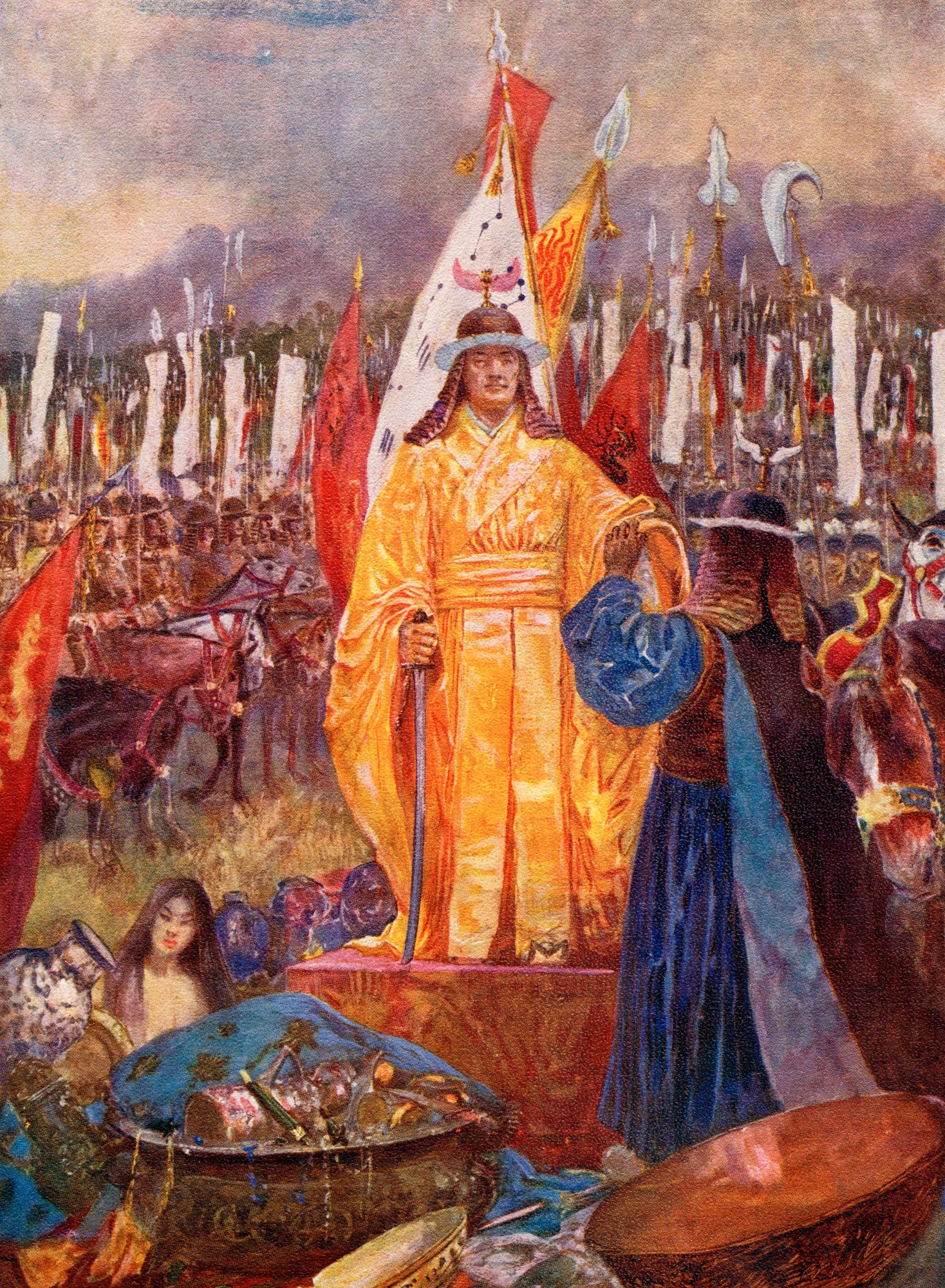Copyright scmp

To understand Chinese culture, it is necessary to go back to the very beginning of its civilisation. In this series, we look at the most influential dynasties in Chinese history and how each, with its technological inventions and cultural advancements, helped propel the nation forward. The Tang and Song dynasties are often viewed as two of imperial China’s most prosperous periods. While the Tang dynasty (618-907) was so powerful that Chinatowns around the world are still referred to in Cantonese as tong yan gai, or “Tang people street”, the Song dynasty (960-1279) remains less well known internationally. The Song period prided itself on what modern China would call “soft power”: arts, literature, science and education, all of which led to a thriving scholar class. The dynasty was founded by Zhao Kuangyin (927-976), a military general in the short-lived Later Zhou dynasty (951-960), who staged a coup and came to power as Emperor Taizu of Song. Anxious about his throne being taken in the same way he took it, he deliberately weakened the country’s military and prioritised civilians when it came to choosing officials for administration. Although this resulted in a militarily weak dynasty with one of the smallest territories compared to other major periods in ancient China, it also ended an era of warlords and brought about one of the most culturally sophisticated ages in early Chinese history. Emperor Taizu is remembered for opening academies and expanding the imperial exams, which increased social mobility for the masses and facilitated advancements in art, literature, innovation and civilisation. The famous shanshui (“mountain and water”) landscape painting style rose to prominence during the Song dynasty, which followed Taoist and Buddhist teachings and Neo-Confucianism, emphasising the harmony between man and nature. This eventually spread to literature, as artists and writers combined ink and word for an integrated art form called “the three perfections” – so much so that imperial painting academies instructed students to combine poetry and painting. One of the most recognised traditions of Chinese poetry is Song ci, or lyrics, which flourished during this time. While the oldest surviving documentation of Chinese lyrics dates back to around the fifth century BC, it is often associated with the Song dynasty. It has been said that ci developed as a popular literary form because writers needed to innovate again after shi (poetry) reached its zenith during the Tang period. Also referred to as chang duan ju – “long short sentences” or lines of irregular length – Song lyrics were initially based on musical tunes, but later became their own art form. No longer required to write in uniform line lengths, poets used other devices, namely rhythm and tone, to create phonetically pleasing patterns. Some of the most notable poets from this era were Ouyang Xiu (1007-1072), known as Zuiweng or “drunk man”; Su Shi (1037-1101), known as Su Dongpo, who wrote more than 340 ci poems; and Li Qingzhao (1084-1155), one of the most established female poets from ancient China, who used the name Yian Jushi. Born to an affluent family of scholar-officials, Li was comprehensively educated in her childhood and youth, and was already recognised as a poet when she married at the age of 18 to another poet three years her senior. Earlier in her life, her work encompassed topics such as youth and romance. After fleeing her home because of rebel conflicts and her husband’s death, she wrote more emotionally about her life, nostalgia for her husband and hometown, and her hatred for Song’s conflict with the neighbouring Jurchen people. According to British economist Angus Maddison, Song China’s gross domestic product accounted for 22.7 per cent of the world’s economic output despite political turbulence. Along the Silk Road, Chinese merchants exported items like silk, porcelain, tea, paper, rice and spices. As the making of translucent porcelain further developed, the Longquan celadon, a type of Chinese ceramic sometimes called greenware, emerged as a key player in the export economy. Vessels and art pieces from this era have even been uncovered as far away as Turkey, Egypt and Tanzania. Both the global and national markets bloomed, and with commerce came currency. The Song dynasty saw the first paper money in history in what is present-day Sichuan, where private merchants printed symbols of houses, trees, people and objects on double-sided notes to replace metal coins that were heavy and troublesome to transport. The production of paper money was nationalised in 1023 and the first standard notes were issued in 1024. This period in Chinese history saw the first discernment of true north using a compass; the first known movable-type printing system; and the invention of the fire lance – an ancestor of modern firearms. The first known book on forensic science was written during this period, archaeology became a proper field of study and pre-existing innovations in fields such as agriculture, water navigation and metallurgy were improved, building upon efforts from previous eras. The sophisticated Song dynasty also saw what is now modern-day Kaifeng and Hangzhou become some of the largest and most populated cities in the world at that time. However, as history has taught us repeatedly, better for most rarely means better for all. This prosperous period also gave rise to one of the most oppressive practices against the female sex: foot binding, which is the Chinese custom of breaking and tightly binding the feet of young girls to achieve “lotus feet”. Differing accounts of how the trend began all point to emperors seeing women dance daintily and likening it to an elegant lotus flower. Eventually, other upper-class women tried to replicate the look and gait with frail, “graceful” feet that could only take very small steps and could not cover long distances. Song dynasty scholar Che Ruoshui (1209-1275), one of the earliest critics of the practice, wrote: “Little girls not yet four or five years old, who have done nothing wrong, nevertheless are made to suffer unlimited pain to bind [their feet] small. I do not know what use this is.” Foot binding continued to restrict the movement of girls and women for centuries to come, spreading “from the gentry class to theatre actors and commoners” in the Yuan and Ming dynasties, according to US scholar Li-Hsiang Lisa Rosenlee. She wrote that foot binding was “a shared feminine ideal, an aesthetic object admired by many … without legitimate access to literary learning where the civility of the male was cultivated, women cultivated their civility instead through disciplining their body … [in] order to become a fully cultured being, women must first of all be mutilated, marked through human means”.



